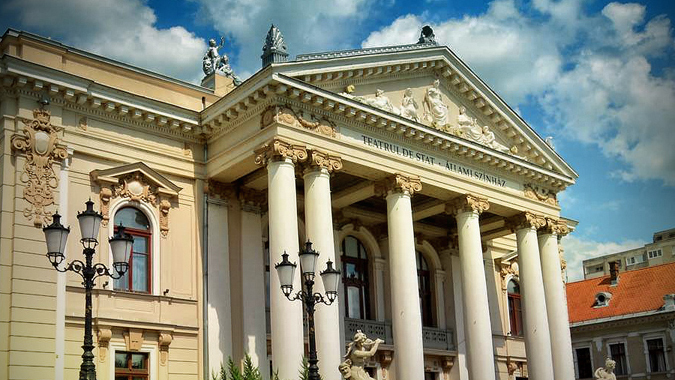Eniaio Eidiko Epaggelmatiko Gymnasio- Lykeio Agiou Dimitriou
EN.E.E.GY.-L. HISTORY LESSON.pdf
EN.E.E.GY.-L. HISTORY LESSON.docx
IES MADINA MAYURQA (SPAIN)
HISTORY-SPAIN.pdf
HISTORY-SPAIN.docx
A visit to the Town Hall!
Introduction
One of the objectives of the History subject in 3rd of ESO is for students to get to know the political institutions in Palma and in the Balearic Islands. In this case, our students were invited to visit Palma’s Town Hall.
Learning objectives
- To know about the history of Palma’s Town Hall.
- To appreciate the importance of democracy.

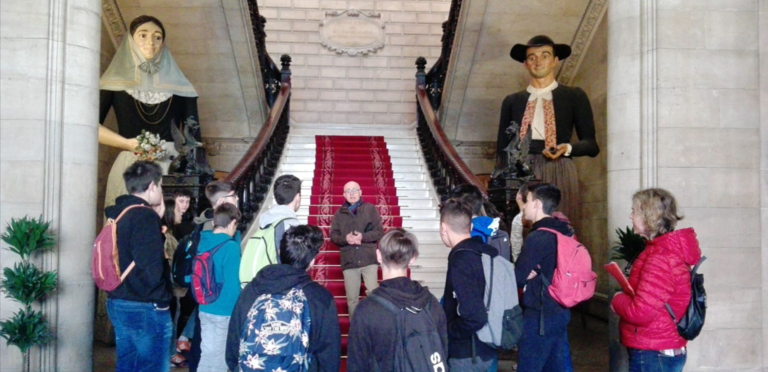


Teacher´s name: Maria José Rodrigues Sila
Escola Dr. Horácio Bento Gouveia, Funchal, Madeira
Introduction
The outdoor lessons constitute an important and fundamental component in the teaching and learning as well as an unique opportunity for our students to know the national and local historical heritage. In order to enhance the interpretive capacities of the pupils and stimulate the joy and respect for the heritage, it is essential that these visits are accurately planned and organised.
Learning objectives
The objectives were:
- To know and value the historical heritage of Madeira of the XI century-Museu de Arte Sacra of Funchal
-To integrate in the curriculum knowledge about the local historical heritage.
Resources
-Questionnaire/script
-Documents for: planning the visit Authorization/information of the outdoor lesson to the Guardians;
-Request/Schedule A visit to the museum's educational services
Activity
1-To select the location of the visit.
2-To choose the monument/local according to the subject and to the proposed objectives.
3-To proceed to the necessary contacts with the school, the educational services of the place to visit, the means of transport, (if necessary).
4-Send an authorization to the guardians,informing them about the place to visit, the date, the cost, the itinerary and the objectives
5-Despite the educational services of the museum offer a guide,the teacher also gave a script .
6-In a later class, a review of the visit was made and the positive and negative aspects were highlighted, as well as the students ' personal opinions about what they liked most.
Comments from the learners’ surveys
Regarding the students ' reaction and what they have learned, in this activity, I could see from the answers given to the question 1.4 of the script, that is, if the visit had provided them new knowledge, the majority of the students (20) answered in a Positive way , only 5 in a negative way because they had already visited this same museum .
Final remarks
After checking the content of the script and the students 'opinions I can say that this activity was positive, eighteen of the twenty-five students, reported that the visit corresponded positively to their expectations and those who answered in a negative way justified their option by the fact that they had no idea of what they would see. The students also
stressed it was
an interesting and different experience from the classroom, which contributed to a better understanding of the contents taught in class as well as to understand the local history.
However, some criticisms were made, specially in what concerns the length of the visit which for some was insufficient to observe in detail some paintings and for others it was excessive. Regarding the suggestions, they mentioned the need for more dynamic activities. I can infer that the activity was successful and productive. The objectives were successfully achieved.
Funchal, 17th February 2019
The teacher
Maria José Rodrigues da Silva



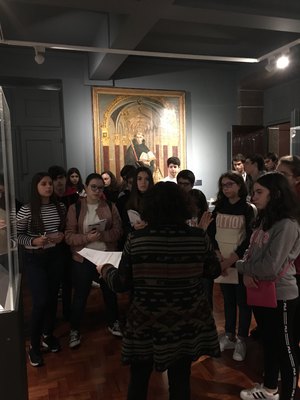
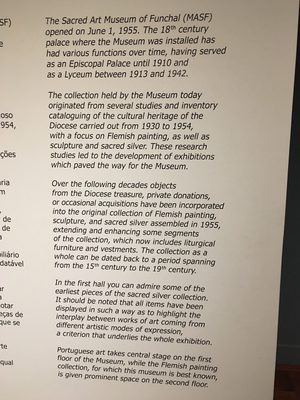
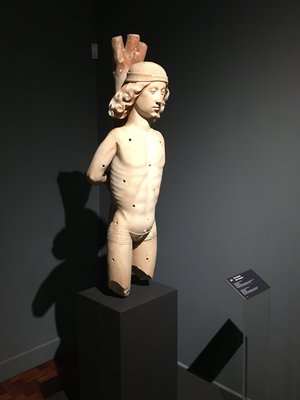
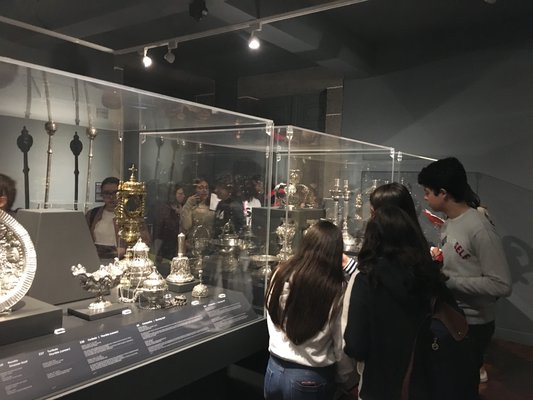




C. Laura Lanza Baronessa di Carini -
History lesson outdoor
HISTORY Italy_February.pdf
HISTORY Italy _February.doc


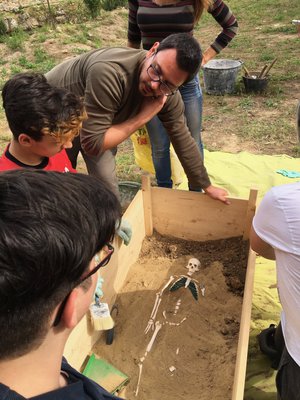


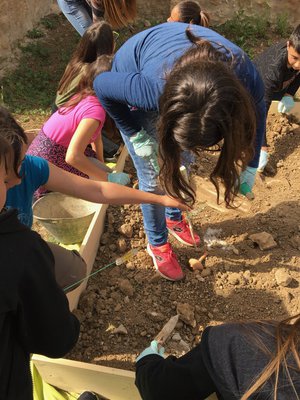
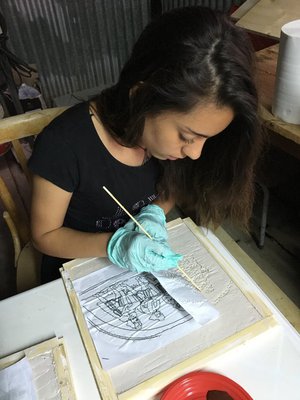

Liceul Tehnologic Octavian Goga Jibou, Romania
History RO-converted.pdf
History RO.docx

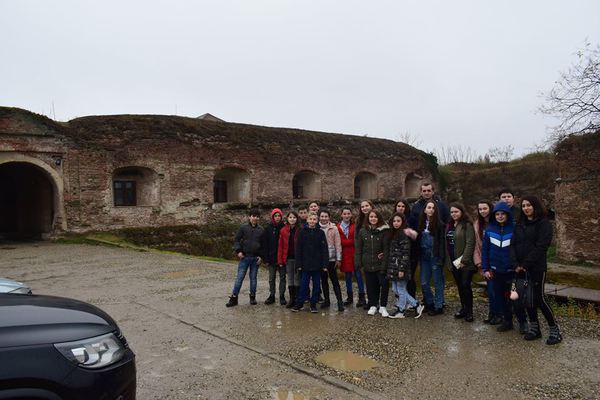
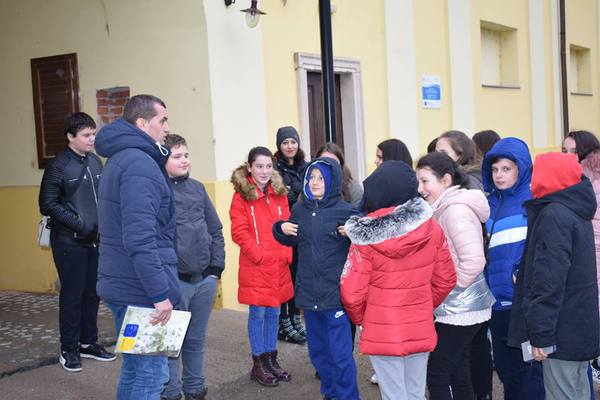
ORADEA, the Art Nouveau city
1. Starting with February 2012, Oradea is a member of the Art Nouveau cities network, an initiative of the Brussels Region Monuments and Sites Department. The Romanian city is a member alongside other European cities with a rich Art Nouveau heritage such as Helsinki, Barcelona, Glasgow and Budapest.

2. A tour of the city can start in Unirii Square, where the churches and palaces found on site combine seven architectural styles: Baroque, Classicist, Eclectic, Historical, Secession, Romantic and Neo-Romanian. Palatul Vulturul Negru (The Black Eagle Palace) is found here. Built in the Secession style on the former site of the Black Eagle Inn, the construction was meant to host a theater, ball rooms, a casino and offices. It stands out with the Y-shaped passage and the three entrances with floral and figurative motifs.
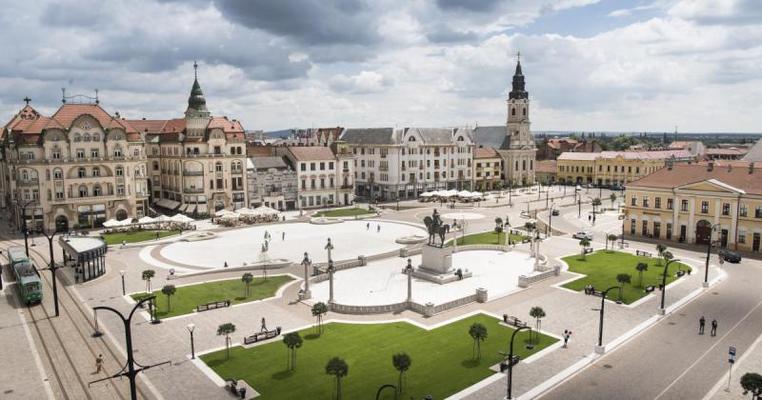


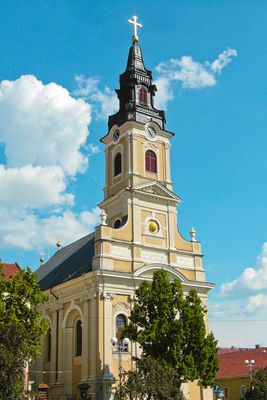
The Oradea Fortress is one of the most important late medieval architecture monuments in Transylvania. It was a significant religious, cultural and military landmark in its time.
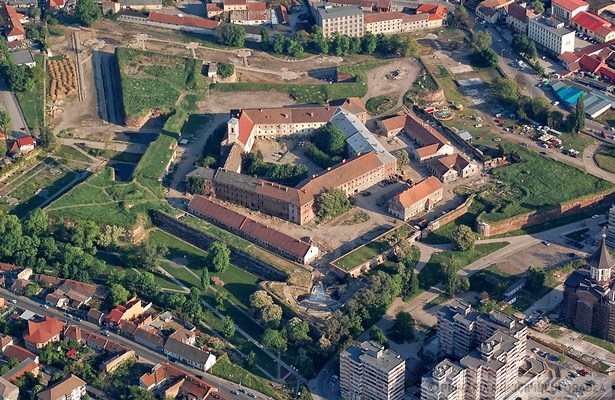
The Baroque Palace of Oradea, which today hosts the Țara Crișurilor museum, was designed by Viennese architect Franz Anton Hillebrandt with the help of Italian engineer Giovanni Battista Ricca. It is one of the important Art Nouveau monuments in the city. The edifice counts 282 windows on its three levels. The palace belonged to the Roman Catholic bishop until 1945, when the Communist regime took it over. It was returned to the Roman Catholic Church in 2003. The museum hosts four sections: natural sciences, history, ethnography and art.
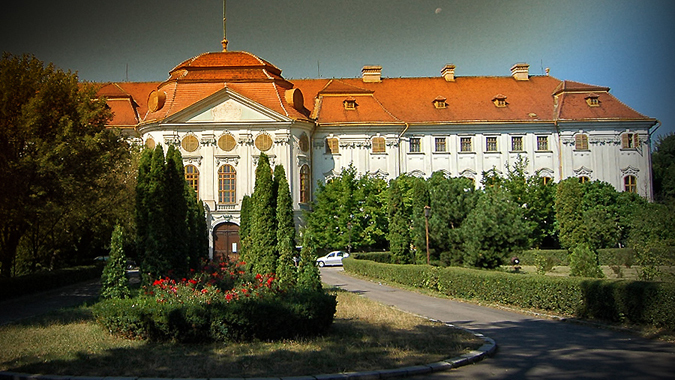
Standing at the heart of the city is the State Theatre, hosting the Regina Maria Theater and Szigligeti Theater. It was designed by architect Rimanóczy Kálmán Junior with plans by Vienna firm Fellner and Helmer. The two Austrian architects had built around 100 theaters and opera houses in Europe by the end of the 19th century.
